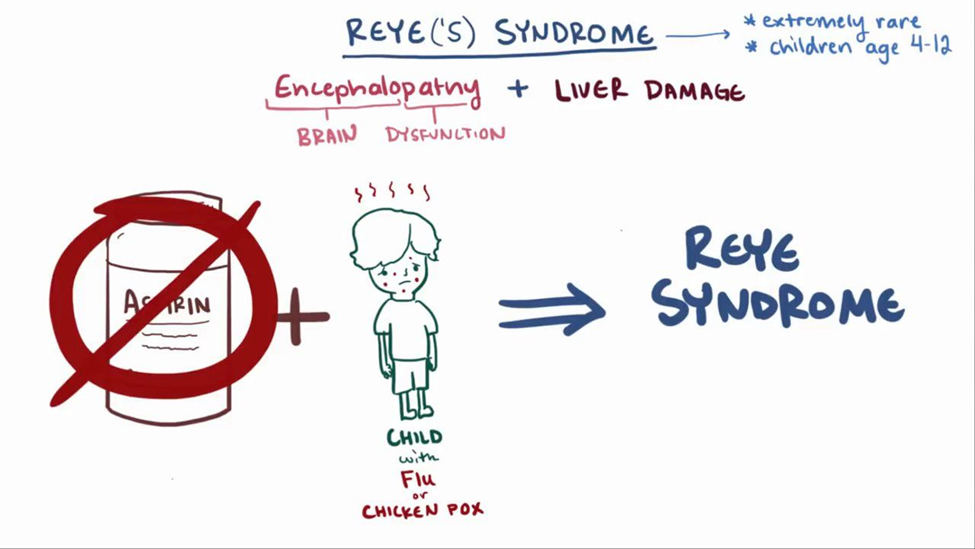The nurse is instructing a patient recently diagnosed with GERD. Which statement by the patient indicates a need for further teaching?
"I will avoid foods high in fat."
"I will eat small frequent meals and have a snack at bedtime."
"Orange juice may aggravate my symptoms."
"I will wait 2 hours after eating lunch before lying down for a nap."
Correct Answer : A,B,C,D
A. "I will avoid foods high in fat." - This is a correct statement. High-fat foods can contribute to the symptoms of GERD.
B. "I will eat small frequent meals and have a snack at bedtime." - This is a correct statement. Eating smaller, more frequent meals and avoiding large meals before bedtime can help manage GERD symptoms.
C. "Orange juice may aggravate my symptoms." - This is a correct statement. Citrus juices, including orange juice, are acidic and can worsen GERD symptoms.
D. "I will wait 2 hours after eating lunch before lying down for a nap." - This is a correct statement. Waiting a few hours after eating before lying down can help prevent stomach contents from refluxing into the esophagus.
Nursing Test Bank
Naxlex Comprehensive Predictor Exams
Related Questions
Correct Answer is D
Explanation
A. Aspirin has the potential to cause gastrointestinal (GI) bleeding in children.
While it is true that aspirin can cause GI bleeding, this is not the primary concern in this scenario. Reye's syndrome, a severe and potentially fatal condition, is the more significant worry when aspirin is given to children with viral infections.
B. Aspirin has the potential to cause hyperglycemia.
Hyperglycemia (high blood sugar) is not a known effect of aspirin in children. Aspirin is not typically associated with glucose metabolism issues.
C. Aspirin has the potential to cause ringing in the ears (tinnitus) in children.
Tinnitus can occur with aspirin use, but it is not the primary concern in this situation. Reye's syndrome is a more serious and immediate risk associated with aspirin use in children with viral infections.
D. Aspirin has the potential to cause Reye's syndrome in children.
This is the correct and most significant concern. Reye's syndrome is a rare but severe condition associated with aspirin use in children during or after viral infections. It affects the liver and brain and can be life-threatening.

Correct Answer is A
Explanation
A. Avoid caffeine-containing beverages before sleep
The highest priority teaching point to help relieve sleeplessness would be to advise the client to avoid caffeine-containing beverages before sleep. Caffeine is a stimulant that can interfere with the ability to fall asleep and maintain a restful sleep.
B. Perform strenuous exercise before bedtime
Strenuous exercise close to bedtime can actually stimulate the body and make it more difficult for the individual to relax and fall asleep. It is generally recommended to engage in exercise earlier in the day.
C. Drink lots of fluids before bedtime
Drinking excessive fluids before bedtime may lead to disrupted sleep as it can increase the need to wake up for bathroom trips during the night. It's advisable to limit fluid intake close to bedtime.
D. Eat a heavy meal before bedtime
Consuming a heavy meal before bedtime can cause discomfort and indigestion, potentially disrupting sleep. It is recommended to have a light, easily digestible meal if eating close to bedtime.
Whether you are a student looking to ace your exams or a practicing nurse seeking to enhance your expertise , our nursing education contents will empower you with the confidence and competence to make a difference in the lives of patients and become a respected leader in the healthcare field.
Visit Naxlex, invest in your future and unlock endless possibilities with our unparalleled nursing education contents today
Report Wrong Answer on the Current Question
Do you disagree with the answer? If yes, what is your expected answer? Explain.
Kindly be descriptive with the issue you are facing.
